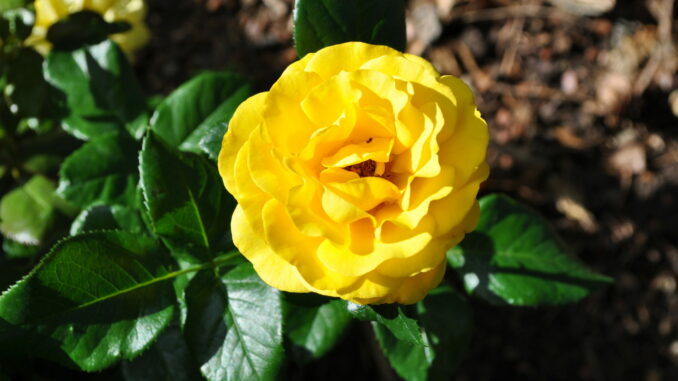
After three seasons of growing in the challenging conditions of the Rocky Mountains, eight perennial plants have been named “Top Performers” by researchers at Colorado State University.
Evaluating perennials in the Rocky Mountains
The purpose of the trial garden is to evaluate new perennial plant species and cultivars under the unique Rocky Mountain environmental conditions. Plants are evaluated for plant vigor, uniformity, floriferousness, and tolerance to environmental and biotic stresses. The Perennial Trial program at Colorado State University is designed to test newer perennial cultivars that have been introduced in the past three years or less. Entries in this trial are grown for three summers and two winters before they are switched out for new entries.
CSU’s Flower Trial Garden, which draws thousands of visitors each year, relies on student gardeners, volunteers, and industry supporters and experts who help provide detailed analysis of plant performance. Colorado State Extension Master Gardeners play an essential role in the planting and maintenance of the garden. The outcome of this research is valuable to the industry and home gardeners alike. That’s because the Rocky Mountain region has unique growing conditions, characterized by high altitude, intense solar radiation, drying winds, severe hailstorms, large fluctuations between day and night temperatures, and a season-long need for irrigation.
The Perennial Trial Garden receives no direct state or public funding. It is funded primarily by fees from plant-breeding companies that submit entries to the trials. The garden also receives donations from industry associations, foundations, nurseries, plant producers, and other companies in the green industry.
Performance Evaluation
Photos and data on plants and flowers were collected on a bi-weekly basis from May to early October. Dead plants in the trial were not considered in the bi-weekly evaluation; thus, the ratings only reflect the live plants. Members from the Perennial Trial subcommittee also evaluated and wrote comments for each plant variety in June, July, August, and September. Plants and flowers were rated 0-5 using the following scale:
0 = Dead/No flowers
1 = Poor: Plants are very sick or dying, and extremely few flowers
2 = Below Average: Plants are unattractive in some form, i.e. – leggy growth habit, chlorotic or low vigor, flowers are few and occur sporadically
3 = Average: Plant appearance with growth characteristics that would be expected for the time of the season; flowers would be few but uniform across the plants
4 = Good: Plants look attractive (foliage, growth habit, etc.,); flowers are blooming strong and showy
5 = Excellent: Plants are very healthy and uniform; flowering is impressive
Selection of “Top Performers”
On November 19, 2021, a conference call was convened with CSU staff and the Perennial Trial Garden Subcommittee. Pictures of entries from the 2019 planting were posted to the Perennial Trial website for review. Data from the growing season was compiled and emailed to each evaluator prior to the conference call for a review. After discussion and looking at the pictures taken throughout the season, each plant was voted on by each member of the committee as to whether it should be awarded the designation as a “Top Performer.” The following is the list of winners selected as a “Top Performer” perennial.
“Top Performer” Perennials from the 2021 CSU Perennial Trial
Achillea ‘Firefly Sunshine’ (Achillea x hybrida) from Walters Gardens, Inc. /Proven Winners®
Vibrant yellow flowers provided a lot of colors and a long-lasting bloom. Dark green foliage also made the flower color stand out. It had superior qualities with a more compact growth habit that did not lodge despite overhead watering and had excellent winter survival. It was also noted that it did not spread around the garden which is a definite plus.
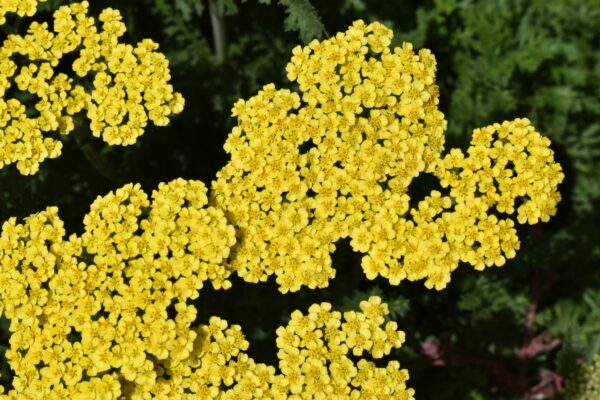
Brunnera ALCHEMY™ Silver (Brunnera macrophylla) from Terra Nova Nurseries
This great plant can brighten up a shady area with a constant display of beautiful silver foliage. Plants are vigorous and are covered by a delicate cloud of light blue flowers from about May into June. Leaves are relatively thick and stand up well with strong stems to create a very attractive and uniform growth habit.
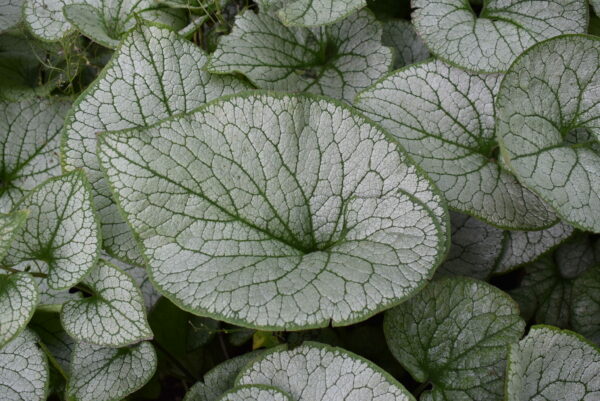
Eupatorium Euphoria™ Ruby (Eupatorium purpureum ‘FLOREUPRE1’PP31,668) from Darwin Perennials®
Shorter and more compact than the species, this is a nice medium size plant for the modern landscape. This was a unanimous choice for the “Top Performer” award with dependable light ruby/lilac-colored flowers that combines well with dark leaves and stems. It was noted to be an excellent pollinator plant.
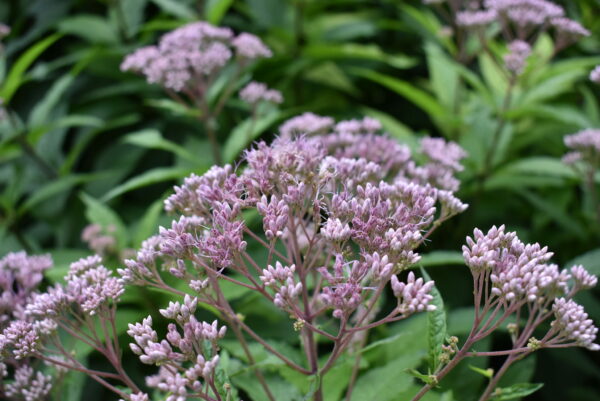
Perovskia CrazyBlue (Perovskia atriplicifolia ‘CrazyBlue’ PP #25,639) from Darwin Perennials®
Plants were noted to have superior flowering and growth habits. The flowers have a long-lasting bloom period and the violet-blue flowers last longer than other Perovskia. Uniform plants had interlacing branching and sturdy stems that kept it from lodging and maintained an attractive appearance all season. It is a mid-sized plant about 3-4 feet in height.
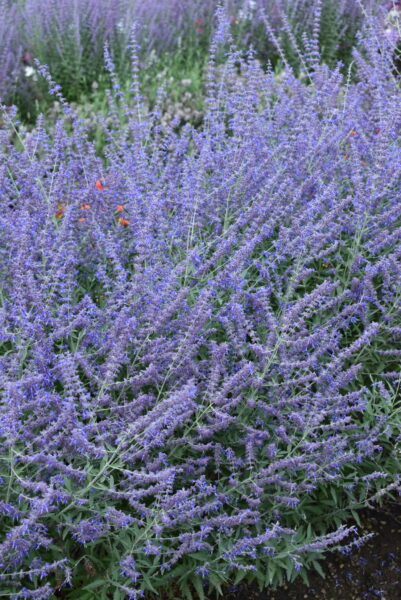
Rosa Sunbeam Veranda® (Rosa x ‘ Korfloci52’ PP23,314) from Star® Roses and Plants
Glossy, dark green foliage made the bright yellow flower color even more stunning. Blooming started in June and lasted well into September. The compact size makes this a great choice for smaller garden spaces. Plants had excellent winter hardiness.
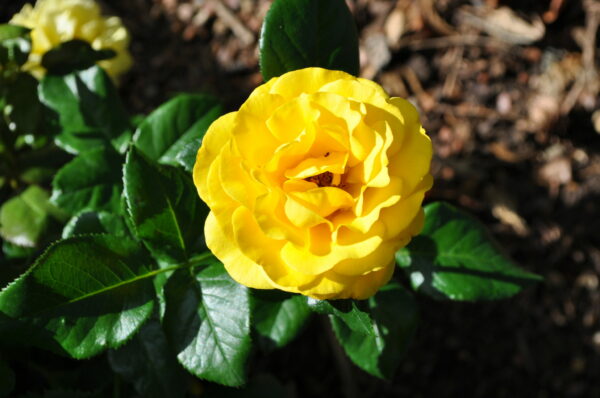
Rosa Cherry Frost™ (Rosa x ‘Overedclimb’PP31,286) from Star® Roses and Plants
Abundant bright red flowers and good disease resistance make this a good climbing rose for Colorado. Clusters of small flowers kept repeating throughout the growing season in flushes for long-lasting color. It had excellent winter survival.
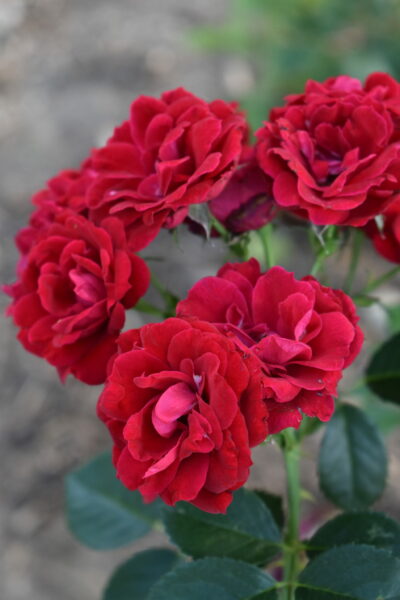
Sedum Prima Angelina (Sedum rupestre) from Darwin Perennials®
Great neon yellow foliage makes this an excellent foliage plant in the summer and it also is quite showy in the winter with a nice shade of red. The spreading growth habit is very uniform and a great choice with rock gardens or combined with other Sedums for additional color contrast. Prima Angelina is superior to the straight Angelina with better branching and growth habits while also being less brittle.
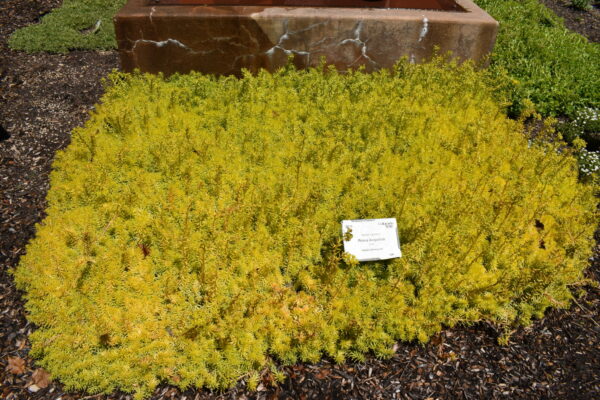
Veronica Moody Blues® Mauve Improved (Veronica spicata) from Darwin Perennials®
Impressive vibrant, mauve-colored blooms covered the plants at their peak and repeated later in the season. Well-branched plants were compact and very uniform with 100% winter survival. It has the added bonus of being a good bloomer the first year in the garden.
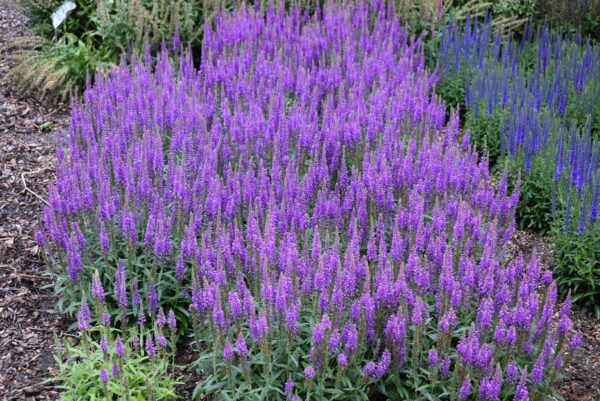
Support Northern Colorado Journalism
Show your support for North Forty News by helping us produce more content. It's a kind and simple gesture that will help us continue to bring more content to you.
BONUS - Donors get a link in their receipt to sign up for our once-per-week instant text messaging alert. Get your e-copy of North Forty News the moment it is released!
Click to Donate
